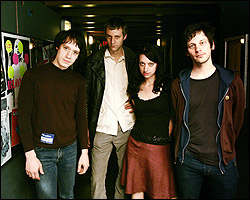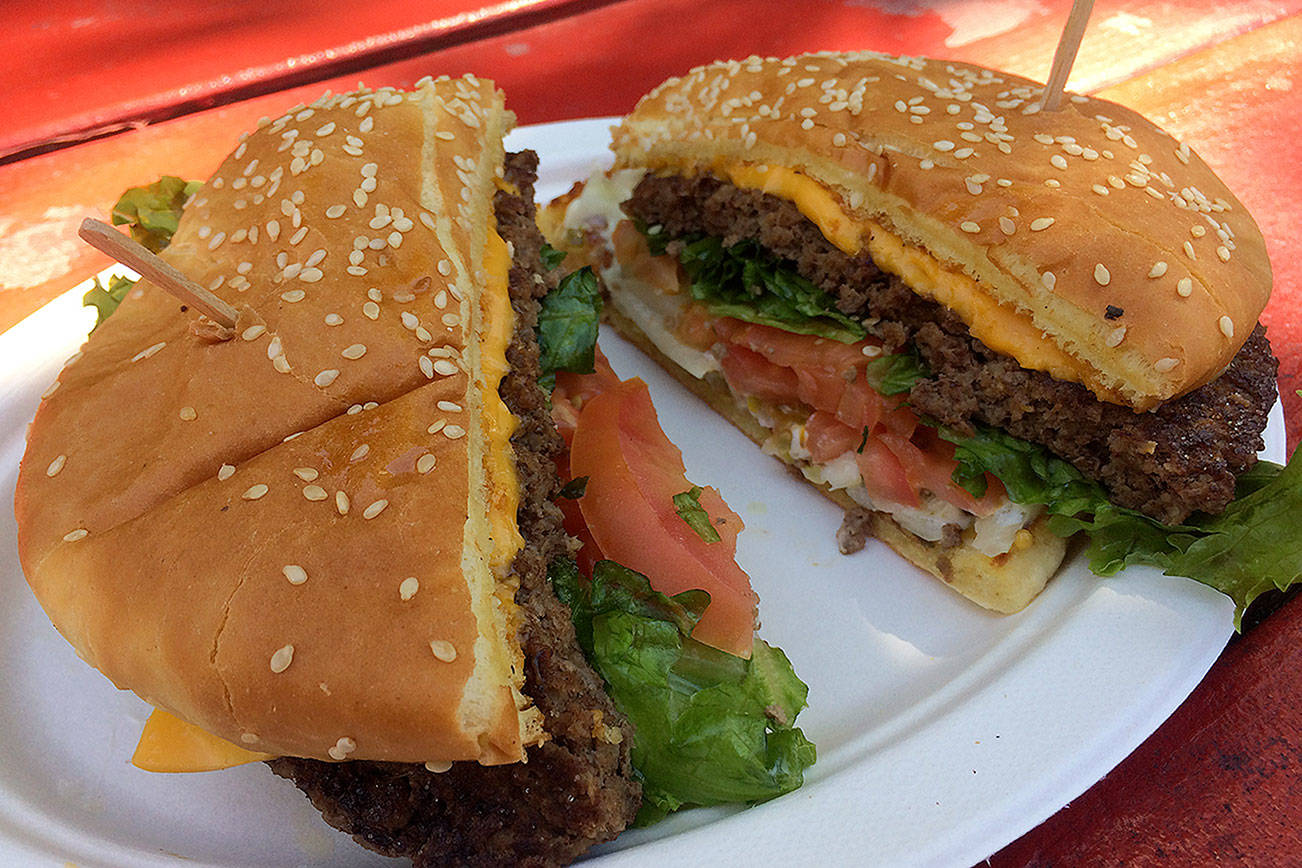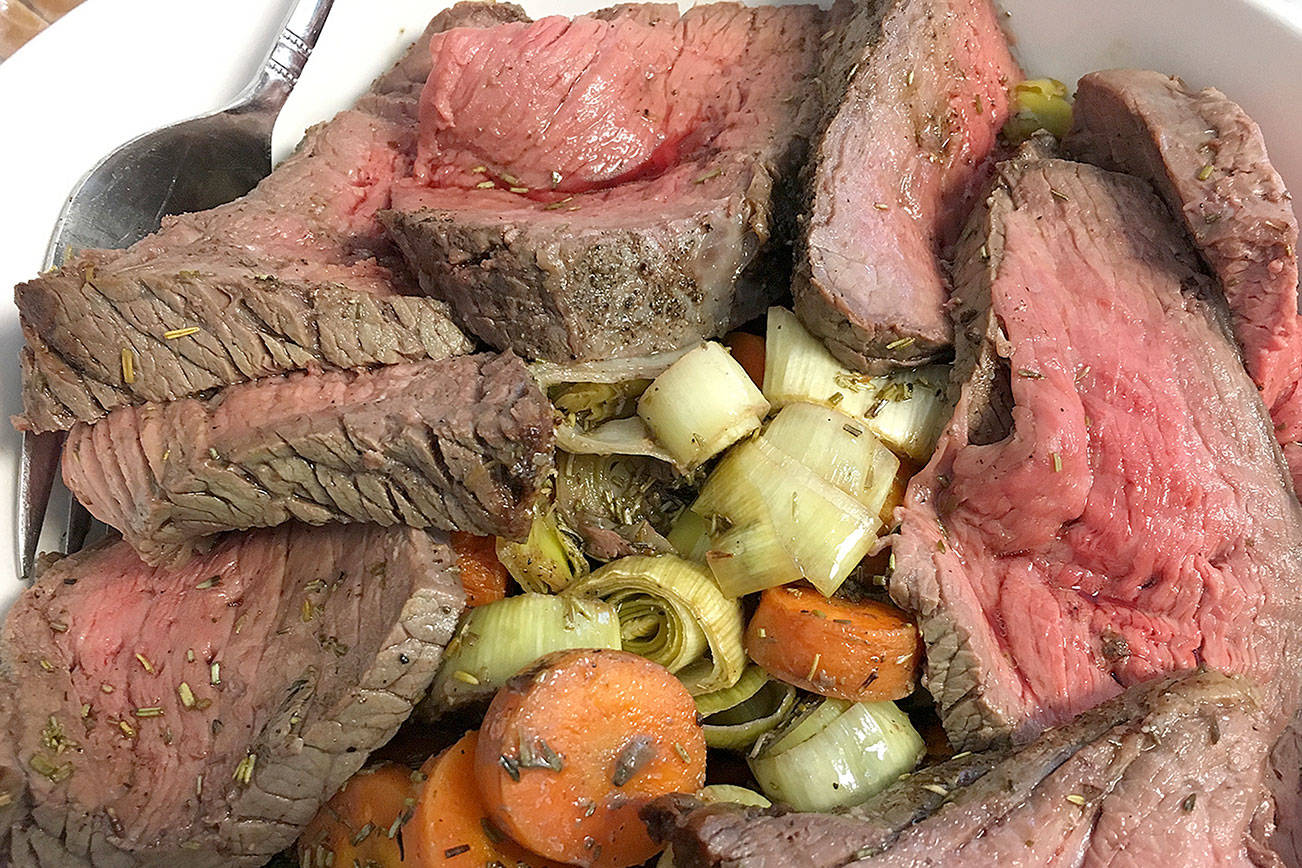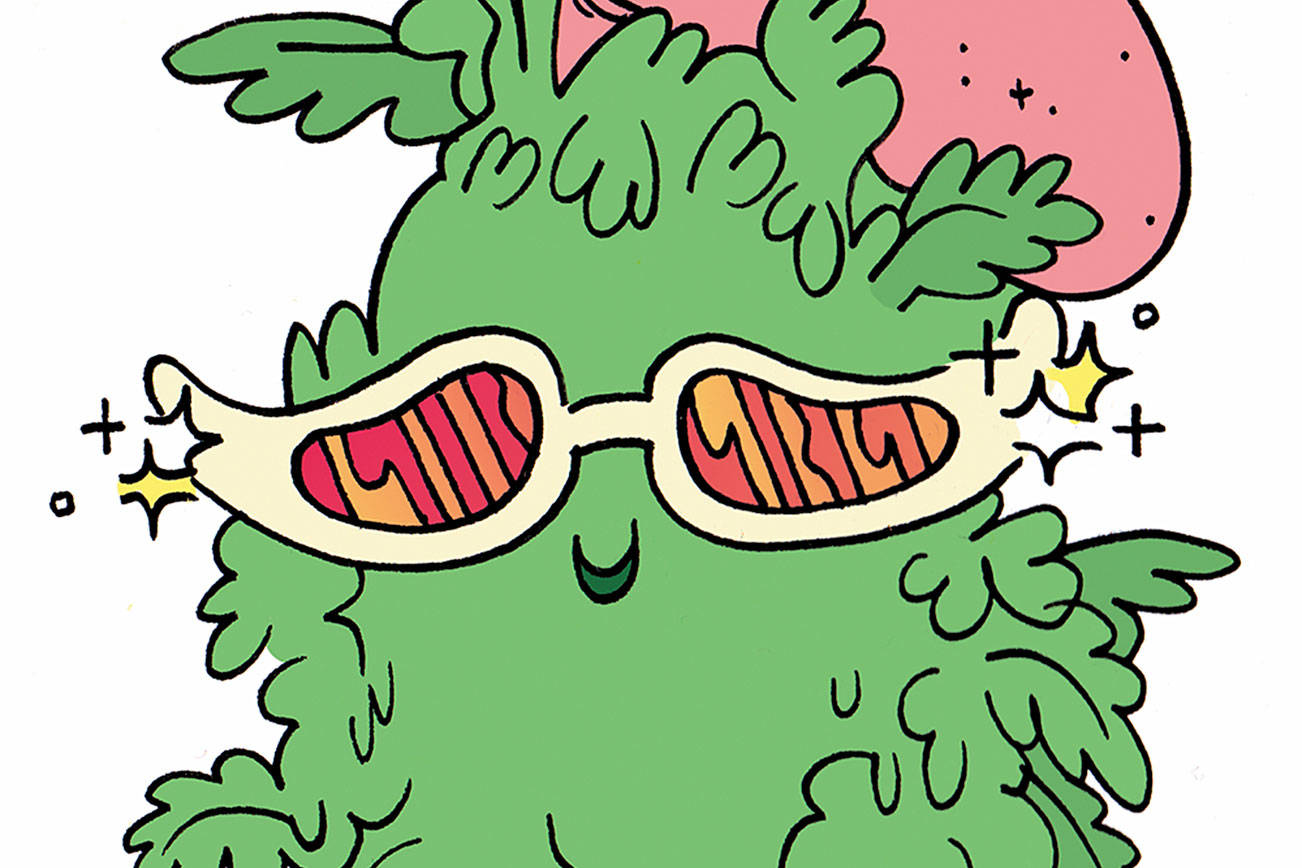H.G. Wells said that ” . . . to tell the story of New York would be to write the social history of the world.” In The Big Oyster, Mark Kurlansky proves that to tell the story of the oyster is to write the history of New York City. By linking the 1609 Dutch discovery of New York Harbor and the surrounding areas with the almost simultaneous discovery, via the Lenape Indians, of the oyster, Kurlansky establishes an intrinsic bond between the Big Apple and the bivalve. And, like a good, ego-healthy New Yorker, Kurlansky posits that the oyster was as dependent on new New Yorkers as new New Yorkers were dependent on it. He follows the symbiotic relationship through the oyster orgies of the late 1800s—”It was one of the few moments in culinary history when a single food, served in more or less the same preparations, was commonplace for all socio-economic levels,” he writes—and then shows it degrading and shattering by 1930 when the area’s oyster beds became so polluted that they had to be shut down. Kurlansky, who also wrote Cod: A Biography of the Fish That Changed the World and Salt: A World History, is troubled by the idea that New Yorkers have seemingly forgotten that they live on an island and are surrounded by water. “New Yorkers have lost their oyster, their taste of the sea. This is the story of how it happened,” he writes in the preface. Big Oyster is a book for history buffs and epicureans, but New York epicureans and East Coast history buffs will get more out of it than most West Coasters. Nonetheless, the author’s ideas—plainly stated but often very funny and snide—about the city’s destruction of this natural resource are an apt subject for any eco-conscious eater.
The Big Oyster: History on the Half Shell
By Mark Kurlansky (Ballantine Books, $23.95)







